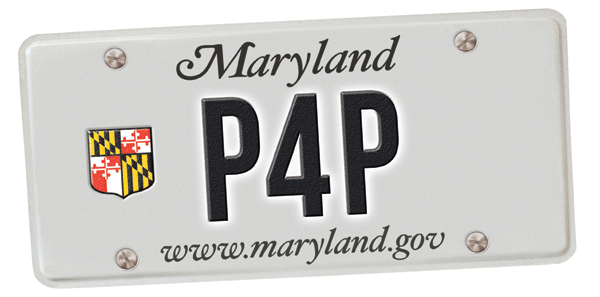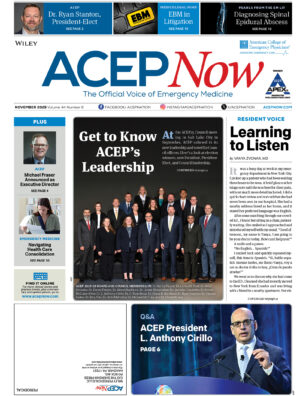
In January 2014, Maryland embarked on a unique method of payment reform by asking health systems to be reimbursed by global payments. The history and initial metrics related to that were previously reported in the April 2014 issue of ACEP Now (see below). We are now able to see at least one year of results working under the new payment system.
Explore This Issue
ACEP Now: Vol 34 – No 10 – October 2015The metrics introduced proposed to accomplish two main goals. From a health outcomes perspective, the first goal is to place more responsibility on health systems to manage the health of populations. From that perspective, quality improvement measures, such as hospital-acquired conditions (HACs), needed to see a 30 percent improvement in the initial five-year period. Maryland hospitals were able to achieve a 26 percent improvement in those measures in the first year.
The second goal is more directly related to cost. The primary driver for negotiating a new payment system with Medicare was the growing costs to Medicare compared to the rest of the country. The savings target of $330 million to Medicare, over five years, required a per capita cost increase cap of 3.58 percent per year. Hospitals in the first year were able to keep that cost increase to 1.47 percent. Readmission rates have gone down substantially, but more work needs to be done to meet rates more consistent with national improvements. In addition, hospitals in Maryland have also become more profitable by providing more efficient and effective care.
Instead of being paid by insurers on a case-by-case basis, health systems now get their revenue up front. The global budget they receive is based closely on the revenue they received in the prior year. Health system approaches to patients in the emergency department have required rapid adaptation. Given the change in perspective on decision points such as admission versus observation, more resources have come to ED teams. Case managers and social workers have modified their roles to assist in the decision but also have continued to move more to the front of the ED process. With a global budget, the ability to find resources in the community that will allow patients to be discharged from the ED instead of observed or admitted is paramount.
The savings target of $330 million to Medicare, over five years, required a per capita cost increase cap of 3.58 percent per year. Hospitals in the first year were able to keep that cost increase to 1.47 percent.
The initial trend toward goals is clearly a positive one for this model of payment. Critics would argue that the first-year accomplishments are simply a result of improving what should already have been more streamlined. Going forward, the adjustments of both the health systems and the payment systems will be more difficult. In addition, by the end of next year, the state must look at planning beyond the initial five years. Hopefully, the systems created and the resources assigned to population health will continue to improve the care delivery system. Thus far, Maryland has saved Medicare $100 million, far ahead of the five-year schedule.
Dr. Jaquis is system chief of emergency medicine at LifeBridge Health and chief of emergency medicine and attending physician at Sinai Hospital, both in Baltimore. He is a member of the ACEP Board of Directors.
Pages: 1 2 | Multi-Page




No Responses to “Maryland’s Global Payment Model on Track to Meet Medicare Savings Target After One Year”